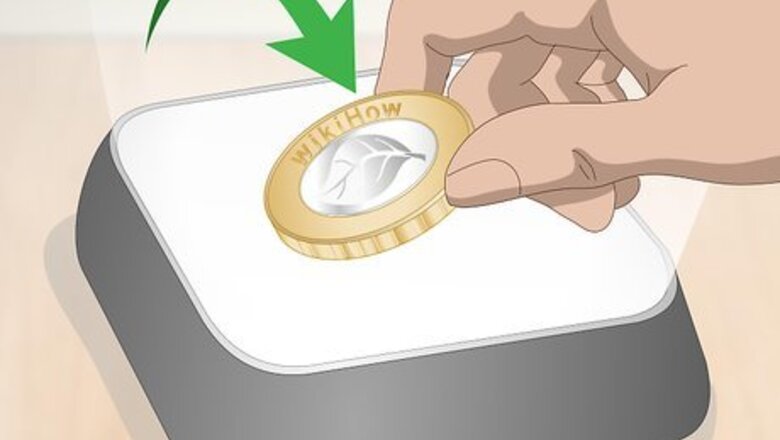
views
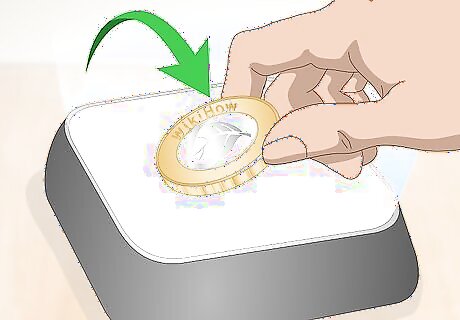
Place the coin on an illuminated flat panel. An illuminated flat panel is simply a small platform used by numismatist photographers that lights the base of the coin. This helps to prevent any shadowing that occurs with external lighting sources such as camera flashes.
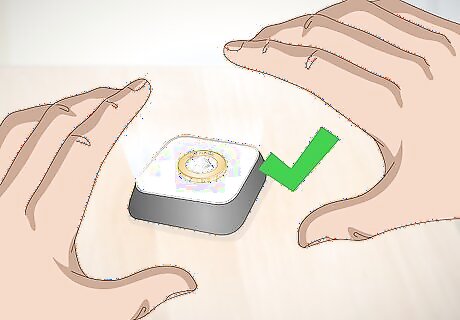
Decide on the angle. The angle you use will depend on the coin you're photographing. An older coin, which may be worn down from years of use, would be photographed either flat or standing straight up perpendicular to the flat panel. Conversely, a coin that has very little wear to the surface would probably be better photographed at a slight angle, to give it dimension.
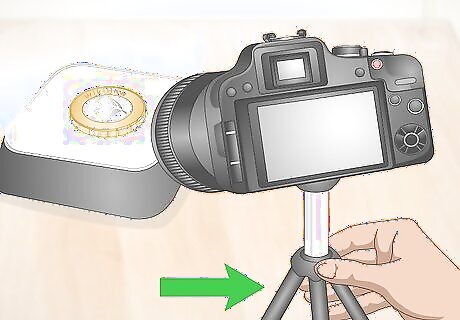
Secure your camera to a tripod or other stabilizing device. Since you want to capture the features of your coin in detail, you will be using a technique known as macro photography. This involves placing the lens of the camera within inches (centimeters) of the object to be photographed. The slightest movement of the camera will be exaggerated on the photograph, because of the close proximity of the camera to the object. A tripod or brace will help eliminate this.
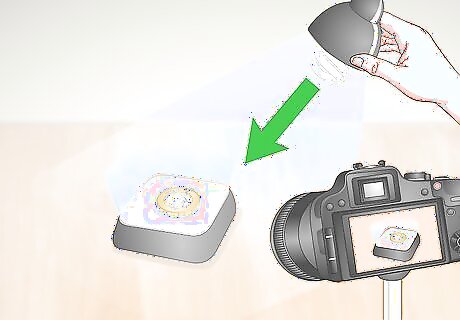
Adjust your external lighting sources. While looking through the viewfinder of your camera, adjust the lighting until you have the proper angle for all the lighting. You already have the lighted flat panel distributing light around your coin, now you need some external lighting that will be directed onto your coin. Your external lighting can come from windows with a bright light––this is called natural lighting––or artificial lighting, such as ring flashes. The ring flash attaches to the lens of the camera and is used in close, detailed macro photography.
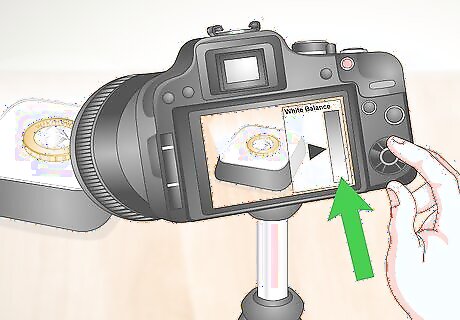
Adjust the camera's settings. Make sure you have your camera in crystal clear focus on the coin. White balance is the next most critical factor in getting the perfect picture. White balance helps your camera detect the ambient light you're using and will give you a true and accurate representation of the colors for the picture. Without proper white balance adjustment, you are going to end up with strangely colored photographs––especially against a white background. The best way to test the white balance setting is by trial and error, taking a picture or two and adjusting as needed. Repeat this process until you have the ideal white balance.
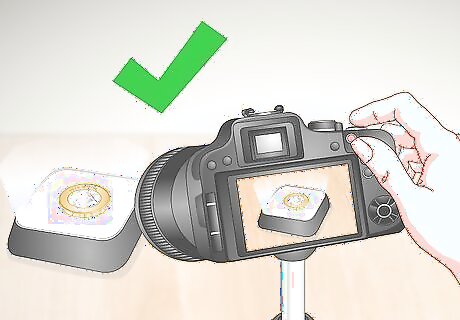
Take your picture. Taking the picture will be a matter of experimentation. Evaluate each picture and adjust the settings, lighting and focus as needed. In time, you will learn what settings work best for you.













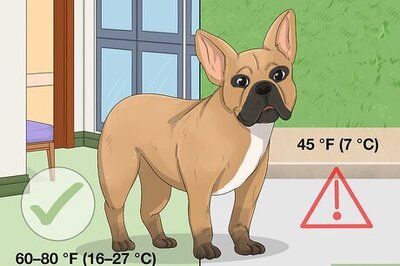
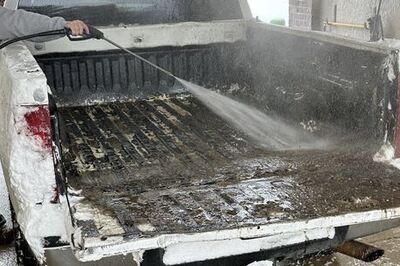

Comments
0 comment